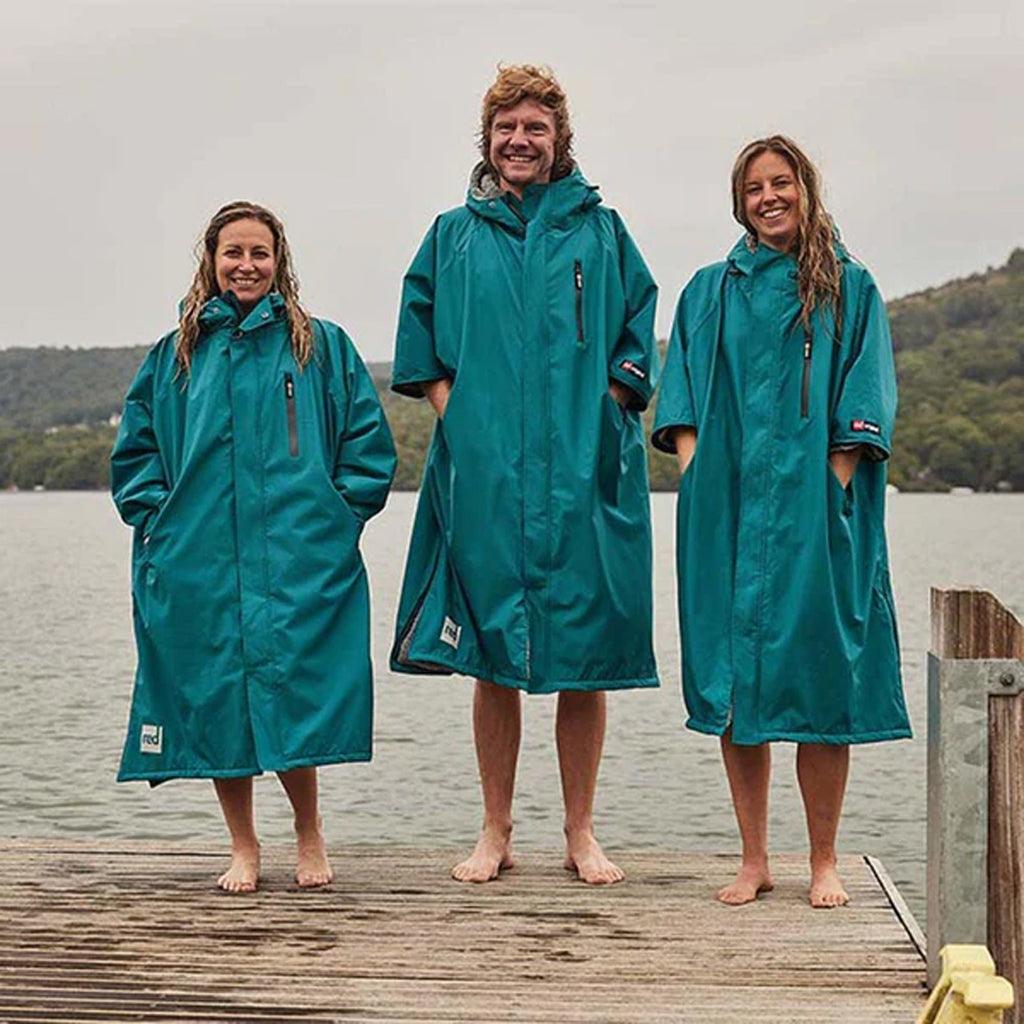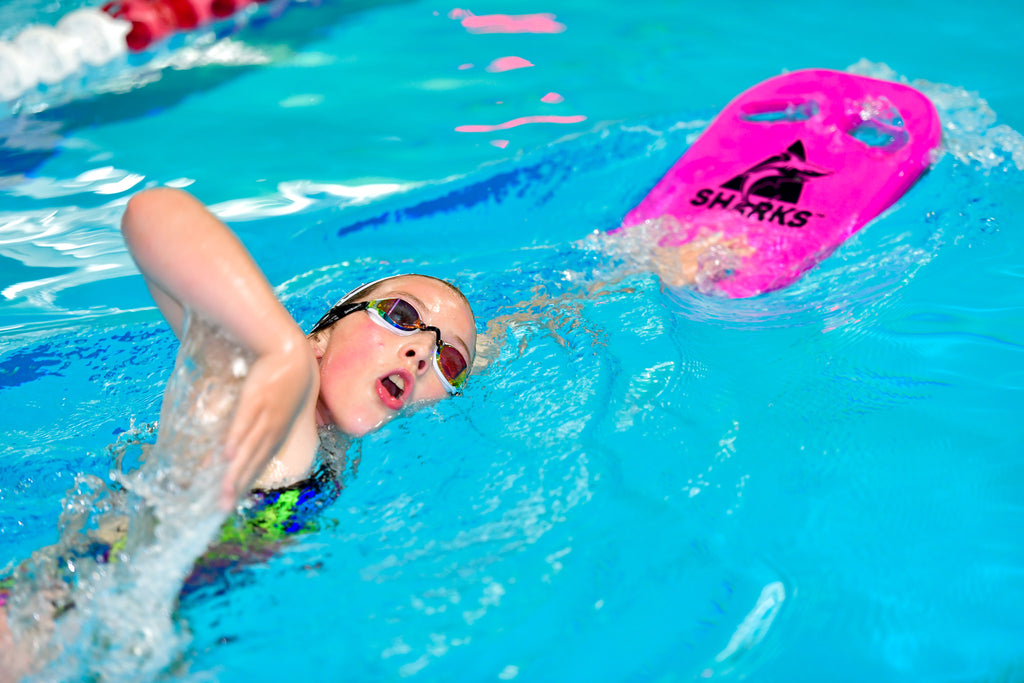Preparing for a Long-Distance Swim
 For most pool swimmer, 1500m is considered to be a long-distance swim but in open waters, where triathletes normally swim, the races tend to be longer and often around 3k for most marathon swimmers.
For most pool swimmer, 1500m is considered to be a long-distance swim but in open waters, where triathletes normally swim, the races tend to be longer and often around 3k for most marathon swimmers.
Preparing for a long-distance swim takes time and practice. To get started, the team at Sharks Swim and Triathlon have come up with some advice and guidance to help you on your way.
Firstly, you need to make sure you’re comfortable in deep, cool water. Joining local swim groups who swim regularly in seas and lakes is a good start as is finding training venues where safety cover is provided.
A Team Sport
Though it may be deemed as a solitary sport, long distance swimming is really a team sport as the long-distance swimming community promotes an ethos of experienced swimmers passing on their knowledge and practical advice to newcomers.
On long-distance swims, a swimmer will be supported by a kayak or boat. And whether you’re swimming solo or in a relay, there should always be a support crew. As a long-distance swimmer, you should always be aware of the risks involved and be prepared to respond and adapt to any changes in the conditions.
Eating During a Long-Distance Swim
You will also need to eat during your swim, so it’s equally important to have a feed plan and to ensure you have only one contact to help you eat to avoid confusion and distraction.
 What you eat during a long-distance swim is down to what suits you. Many swimmers use power-gels on longer swims; whilst others prefer more solid food like bananas or energy chews (both of these products are stocked at Sharks Swim Shop and are also available online). Whilst it is important to keep hydrated, you probably won’t need to use electrolytes, particularly if you are swimming in salt water.
What you eat during a long-distance swim is down to what suits you. Many swimmers use power-gels on longer swims; whilst others prefer more solid food like bananas or energy chews (both of these products are stocked at Sharks Swim Shop and are also available online). Whilst it is important to keep hydrated, you probably won’t need to use electrolytes, particularly if you are swimming in salt water.
Generally, it’s all about finding the right mix for you. Practise eating during your training as not all products digest the same way and you don’t want to discover that on the day of your big swim.
Also bear in mind that the food needs to be quick and easy to eat. Speed is very important with feeds, especially on a tidal swim as when you stop for a feed you are actually still moving, but sideways and away from the course you want to be on.
Preparing for the Big Swim
Swimming for hours at a time is not just physically tough, but can be mentally daunting too, so it’s important to prepare and train in the right way. A good tip is to get your technique right in winter and then up your distance in spring. Some other suggestions include:
- Training with others who are training for the same type of swim
- If you’re struggling, get help and advice
- Recognise that mental barriers are temporary, you can get through them
- Keep asking yourself, can you swim for another 5 minutes. If you can, then do it and keep repeating this process until you eventually finish your swim.
Risks of Long-Distance Swimming
Hypothermia is the main risk facing long-distance swimmers. You need to build up your endurance to the cold and always err on the side of caution. It’s normal to shiver after a cold swim, it’s your body’s way of warming up. A properly fitted wetsuit is crucial to prevent excess water seeping in close to your skin. So ensure you buy your wetsuit from a shop like Sharks Swim Shop in Swansea who offer a complete wet-suit fitting service on a range of quality, top brand suits.
 After your swim, it’s really important to wrap up warm with lots of layers and a hat or hood. Again Sharks Swim Shop can help as they are stockists of the award-winning dry robes which are designed to keep water-based athletes to keep warm after an event. It’s also a good idea to have a warm drink.
After your swim, it’s really important to wrap up warm with lots of layers and a hat or hood. Again Sharks Swim Shop can help as they are stockists of the award-winning dry robes which are designed to keep water-based athletes to keep warm after an event. It’s also a good idea to have a warm drink.
The aim is to warm up slowly so avoid foil blankets, hot shower or sitting in a car with excess heating.
If you do get cold, remove all swimwear, dry off, put on as many layers as possible, keep out of the breeze, lying down if necessary and have a warm drink.
Unlike running or cycling where you are very aware of losing fluid via sweat, you don’t feel it with swimming, but it still can be happening. If you’re swimming in cold water, a warm drink is the way to go.
When you’re swimming outdoors, particularly in warmer climes, you are at great risk of very severe sunburn for any skin that is exposed. Even on an overcast day you can burn due to the reflection on the water.
On a final note, if you are in water where others are using it then make yourself as visible as you can and learn how to sight others.







